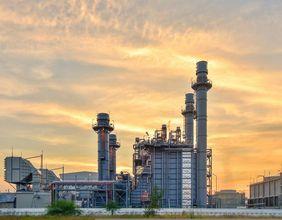Highlights
- Indicates the expected return from an additional unit of capital investment.
- Helps firms decide whether to invest in new capital assets.
- Influences overall economic activity and investment trends.
The Marginal Efficiency of Capital (MEC) is a vital economic concept that measures the anticipated percentage return from investing in one more unit of capital. This metric plays a crucial role in determining how attractive a particular investment is to a business. When companies consider allocating their resources, understanding the potential returns becomes essential for maximizing profitability and ensuring sustainable growth.
At its core, MEC evaluates how efficiently capital can generate income or output. It reflects the relationship between the cost of acquiring capital and the expected benefits that it brings over time. If a new machine or technology is expected to yield a higher return than its cost, the MEC is positive and attractive for investors. Conversely, if the yield is low or negative, it discourages additional capital investment.
This concept is also significant in the broader economic framework. A higher MEC can stimulate greater levels of investment across industries, boosting production, employment, and overall economic activity. On the other hand, when MEC declines—often due to market saturation, lower demand, or economic uncertainty—investment slows, potentially leading to economic stagnation.
Factors that influence the MEC include the current interest rate, technological advancements, consumer demand, and the overall business climate. Since firms compare the MEC with prevailing interest rates, they invest only when the MEC exceeds the cost of borrowing or using funds. This behavior links MEC closely with monetary policy and interest rate decisions made by central banks.
Conclusion
The Marginal Efficiency of Capital serves as a guiding indicator for investment decisions, reflecting the productivity and profitability of new capital. A sound understanding of MEC helps businesses and policymakers drive growth, allocate resources wisely, and adapt to changing economic conditions.





